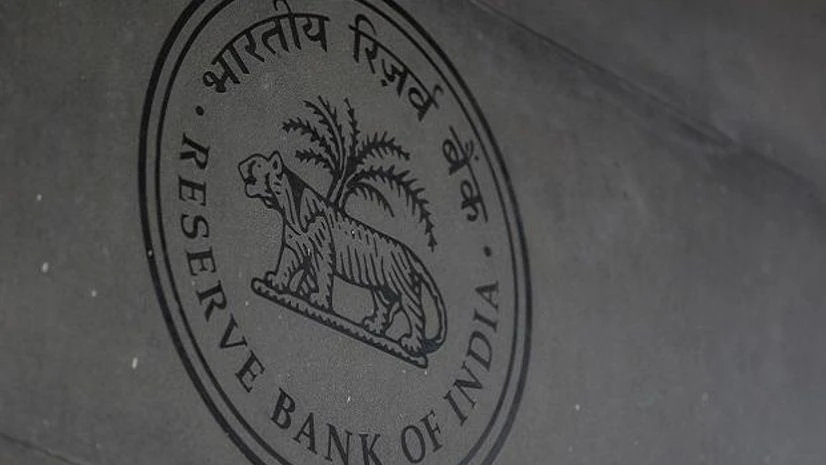Liquidity in India's banking system is likely to remain in deficit in the second half of this financial year as credit growth picks up and the circulation of currency notes rises, analysts said.
The country's banking liquidity slipped into deficit on Tuesday for the first time in over three years, according to data from the Reserve Bank of India.
A widening liquidity deficit could lead to a rise in short-term borrowing rates and prompt the Reserve Bank of India to pump in money into the banking system through repo auctions and slow down its interventions in the currency market.
"The onset of the festive season and expectation of sequential improvement in economic growth would increase transactional demand for cash," said Vivek Kumar, an economist with QuantEco Research.
As a result, currency in circulation could jump by 2.2-2.4 trillion Indian rupees ($27.52 billion-$30.02 billion) in the second half of the financial year, Kumar estimated.
Also Read
Meanwhile, government spending, which boosts liquidity in the market, has been slower than expected despite robust tax collections.
"This combination of slow pick-up in government expenditure and buoyant tax collection is reflected in government cash balance," said Gaura Sen Gupta, an economist with IDFC First Bank.
The financial year started with a liquidity surplus of over 8 trillion rupees in early April. The RBI had said at the time that withdrawal of liquidity would be a "multi-year" process.
As of Tuesday, the systemic deficit stood at 218 billion rupees, its highest since May 2019, with tax outflows in past week also squeezing liquidity.
According to QuantEco's Kumar, core systemic liquidity surplus, which also includes the government's cash balance, had reached a peak of 12 trillion rupees in September 2021 but has since sharply declined to 3.9 trillion rupees.
More than half of this drawdown is on account of the RBI's dollar sales to cushion the rupee's fall, he estimated.
A negative balance of payment has weighed on overall liquidity.
India's balance of payment was in a deficit of $16 billion as of March 2022, with analysts expecting the gap to widen further in the next few quarters. A large deficit forces the central bank to sell dollars into the market, sucking out rupee liquidity.
The RBI has sold a net of around $39 billion from its foreign exchange reserves between January and July, with reserves shrinking to a two-year low of $551 billion as of Sep. 9, data showed.
"Unless we see reasonable improvement in the balance of payment deficit, liquidity tightness will continue to persist," said Soumyajit Niyogi, director at India Ratings.
RBI ACTION
The U-turn in liquidity has pushed up the overnight inter-bank rate above the policy repo rate of 5.4%.
"In the past, the RBI has announced term repo auctions to alleviate liquidity pressures when the weighted average call rate has exceeded the repo rate for a few days," IDFC First Bank's Sen Gupta said.
The RBI has stopped purchasing government bonds since October 2021 and analysts do not see the central bank returning any time soon.
The central bank could reactivate fixed and variable rate repo windows, QuantEco's Kumar said.
"With monetary policy in tightening mode, the likelihood of RBI conducting OMO (open market operation) bond purchases to augment liquidity is low," Kumar added.
The RBI announced an overnight repo auction for 500 billion rupees after the close of market on Wednesday. The auction will be conducted on Thursday.
($1 = 79.9525 Indian rupees)
(Reporting by Dharamraj Lalit Dhutia; Editing by Dhanya Ann Thoppil and Saumyadeb Chakrabarty)
(Only the headline and picture of this report may have been reworked by the Business Standard staff; the rest of the content is auto-generated from a syndicated feed.)

)
